
Products
Energy-Efficient and Cost-Effective Cyclopentane for Refrigeration
Physical Properties
| CAS Number |
|
| EC Number |
|
|
Properties |
|
| Chemical formula | C5H10 |
| Molar mass | 70.1 g/mol |
| Appearance | clear, colorless liquid |
| Odor | mild, sweet |
| Density | 0.751 g/cm3 |
| Melting point | −93.9 °C (−137.0 °F; 179.2 K) |
| Boiling point | 49.2 °C (120.6 °F; 322.3 K) |
| Solubility in water | 156 mg·l−1 (25 °C)[1] |
| Solubility | soluble in ethanol, acetone, ether |
| Vapor pressure | 45 kPa (20 °C) [2] |
| Acidity (pKa) | ~45 |
| Magnetic susceptibility (χ) | -59.18·10−6 cm3/mol |
| Refractive index (nD) | 1.4065 |
|
Hazards |
|
| Occupational safety and health (OHS/OSH): | |
| Main hazards | Flammable[3] |
| Hazard symbol | 3 |
| Flash point | −37.2 °C (−35.0 °F; 236.0 K) |
| Autoignition temperature |
361 °C (682 °F; 634 K) |
| Explosive limits | 1.1%-8.7%[3] |
Packaging, storage and transportation
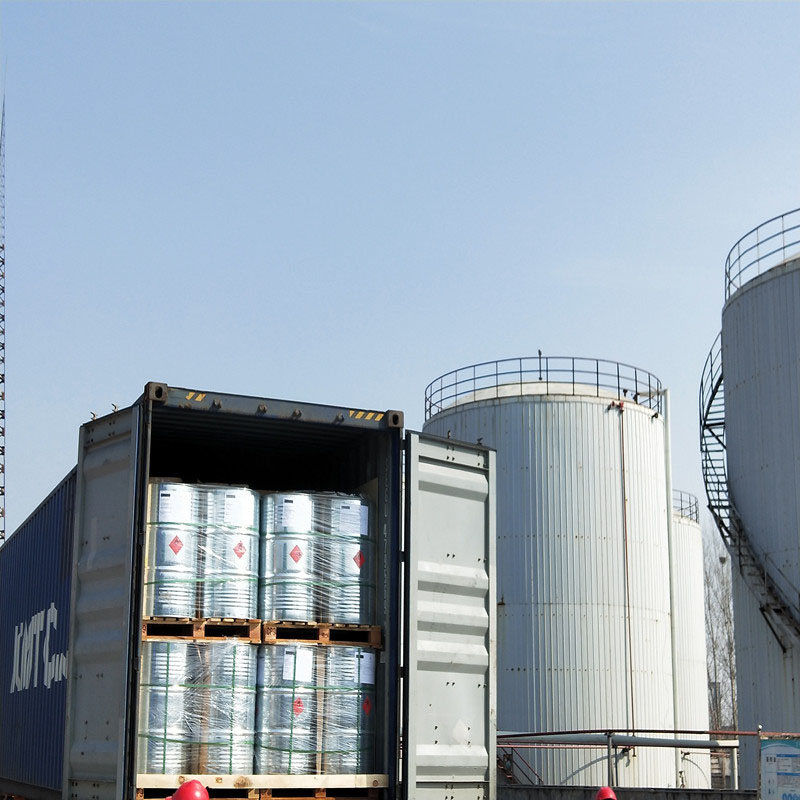
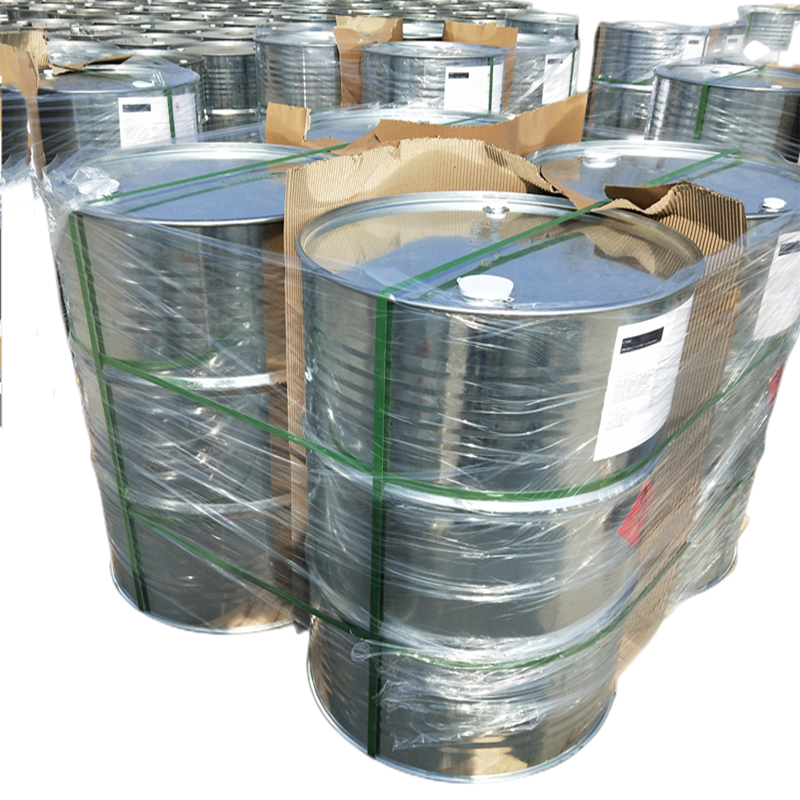
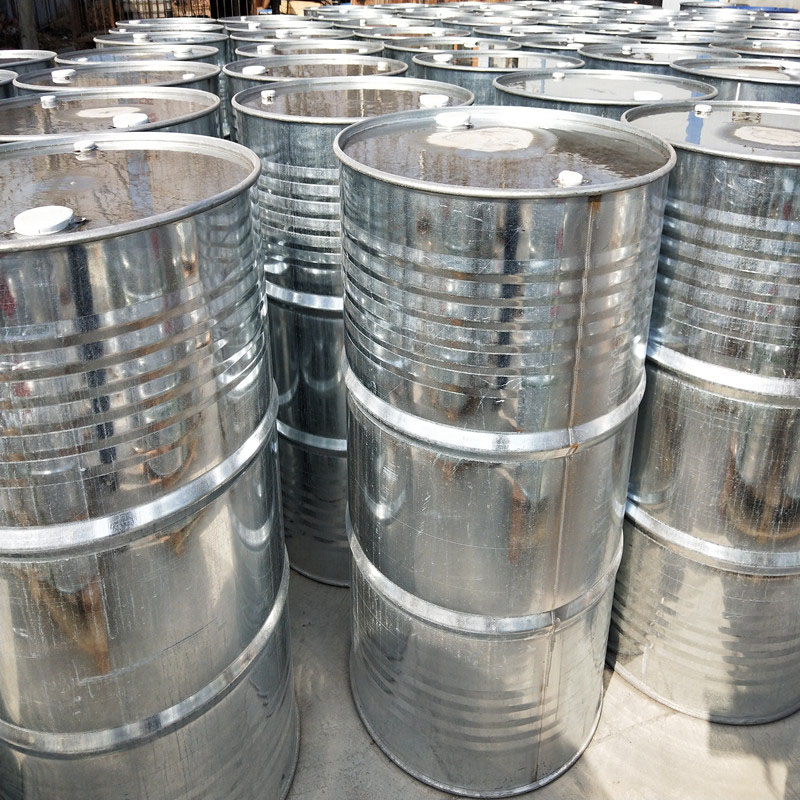
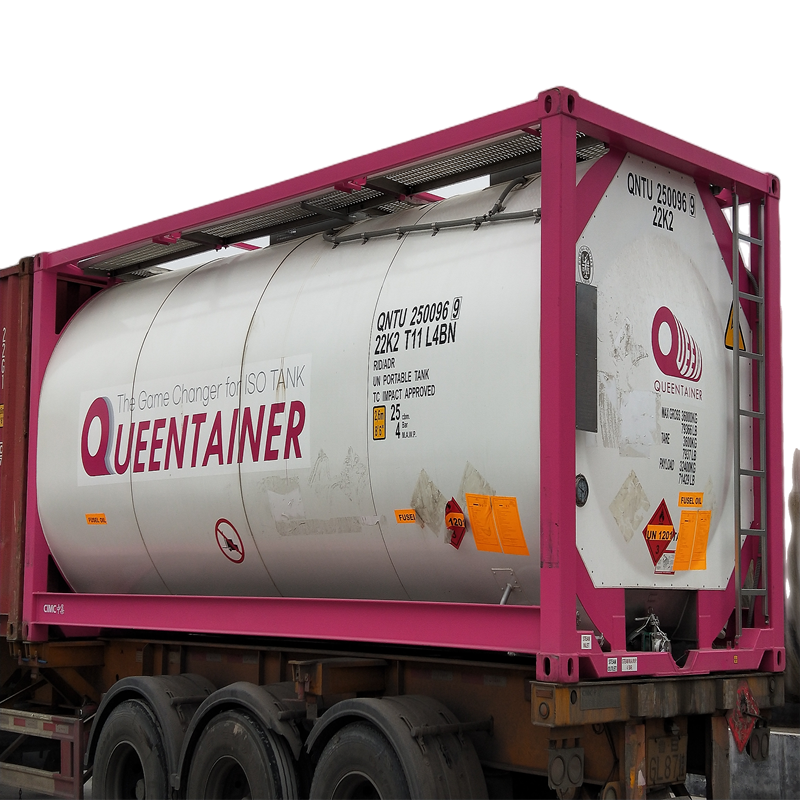

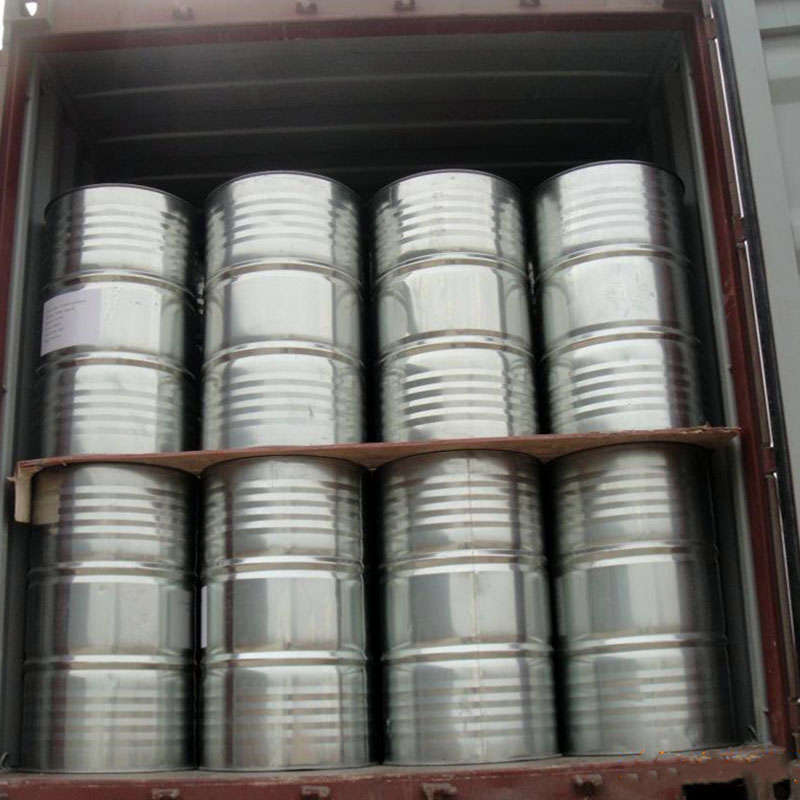
Uses
Cyclopentane has found applications in various industries. As a volatile hydrocarbon it is an incidental component of some fuels and blowing agents. In recent years, cyclopentane has been used as a refrigerant in small refrigerators and freezers as a more environmentally friendly replacement for hydrofluorocarbon refrigerants. Cyclopentane requires safety precautions to prevent leakage and ignition when used as a refrigerant as it is highly flammable.
Cyclopentane can be fluorinated to give compounds ranging from C5H9F to perfluorocyclopentane C5F10. Such species are conceivable refrigerants and specialty solvents
Write your message here and send it to us









